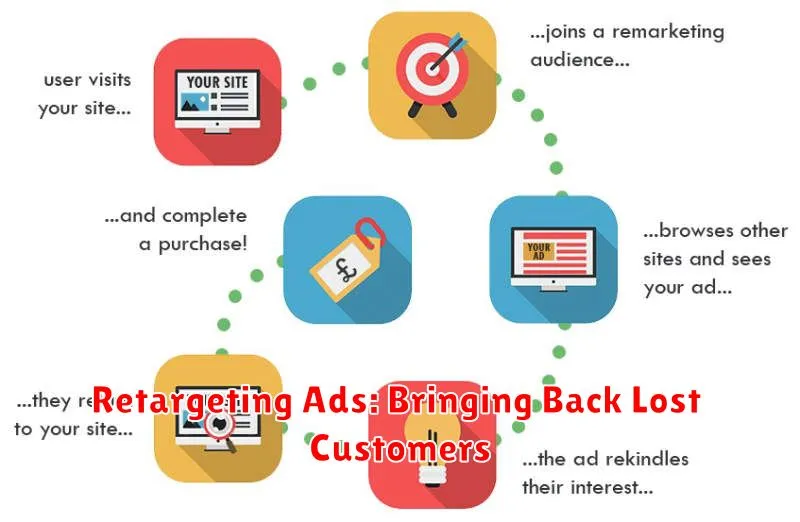Have you ever browsed a product online, added it to your cart, and then…left without purchasing? You’re not alone. Cart abandonment is a common occurrence in the world of e-commerce. Retargeting ads offer a powerful solution for businesses to recapture these lost customers and boost sales. By strategically displaying ads to users who have previously interacted with your website or app, retargeting allows you to re-engage potential buyers and remind them of the products they showed interest in. This powerful marketing strategy can significantly improve your conversion rates and maximize your return on investment.
This article will delve into the intricacies of retargeting ads, exploring how they work, the various platforms available, and best practices for implementing successful campaigns. Learn how to effectively use retargeting to bring back those almost-converted customers, increase your brand visibility, and ultimately, drive more sales. Discover the key strategies for crafting compelling retargeting ad campaigns that convert window shoppers into loyal customers. We’ll explore various techniques and platforms to optimize your retargeting efforts, ensuring you get the most out of your advertising budget.
What Is Retargeting and How It Works
Retargeting, also known as remarketing, is a form of online advertising that can help your business reconnect with visitors to your website who haven’t completed a desired action, such as making a purchase.
It works by placing a small piece of code, often called a pixel, on your website. This pixel drops an anonymous cookie in the visitor’s browser. When they leave your site and browse other areas of the web, this cookie allows ad platforms to identify them and show them your targeted ads, reminding them of your products or services.
Essentially, retargeting gives you a second chance to capture the attention of potential customers who have already shown interest in your offerings.
Platforms to Use for Retargeting Ads
Several platforms offer robust retargeting capabilities. Google Ads provides extensive reach across the Google Display Network and Search Network, allowing you to reconnect with users who have interacted with your website or app. Facebook Ads offers granular targeting options based on user behavior and demographics, enabling precise retargeting within the Facebook ecosystem.
Other popular choices include LinkedIn Ads, ideal for B2B retargeting, and Twitter Ads for re-engaging users who have shown interest in your brand or industry. Choosing the right platform depends on your target audience and campaign goals. Consider where your ideal customer spends their time online for the most effective retargeting.
Crafting the Right Ad Message

A compelling ad message is crucial for successful retargeting. It should remind the customer of their initial interest while also providing a new incentive to return. Consider what might have prevented them from converting initially.
Highlight value proposition. Remind customers of the key benefits of your product or service. Was it free shipping, a discount, or a specific feature? Reiterate these advantages.
Create a sense of urgency. Limited-time offers or low stock notifications can encourage immediate action. This can be especially effective for customers who abandoned their carts.
Frequency and Budget Considerations
Determining the right frequency for your retargeting ads is crucial. Overexposure can annoy potential customers, while under-exposure risks losing their interest. Finding the optimal frequency often involves testing different approaches. Start with a moderate frequency and monitor performance, adjusting as needed based on key metrics like click-through rates and conversion rates.
Your retargeting budget should align with your overall marketing goals and the expected return on investment (ROI). A larger budget doesn’t guarantee success. Careful planning and targeting are essential for maximizing your budget’s effectiveness. Consider factors such as your target audience size, the competitiveness of your industry, and the value of each conversion when setting your budget.
Tracking ROI and Adjusting Campaigns
Measuring the return on investment (ROI) of your retargeting campaigns is crucial for ensuring profitability. Track key metrics such as conversion rates, cost per acquisition (CPA), and click-through rates (CTR).
Analyze the data collected to identify what’s working and what isn’t. If a campaign is underperforming, adjustments are necessary. This may involve refining audience targeting, modifying bid strategies, or testing different ad creatives.
Regularly monitoring and adjusting your campaigns based on performance data will help optimize your spending and maximize the effectiveness of your retargeting efforts.

